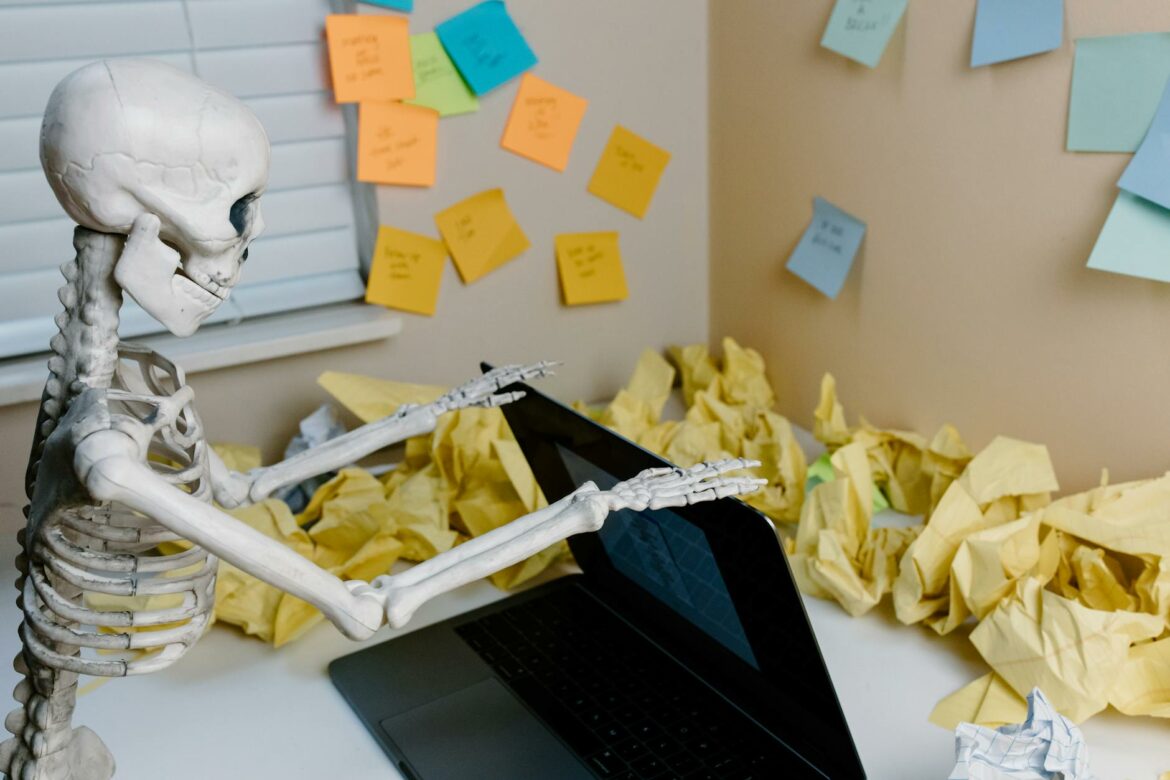Imagine this: you’re a creator, bursting with ideas and passion one day, only to feel like a well-run dry the next. You know you need to produce content, but the thought of facing another blank screen fills you with dread. The dilemma is striking–should you push through and grind it out, or take a step back and recharge? Both paths come with their own sets of pros and cons, and navigating this landscape is vital to your creative health.
On one hand, there’s the “grind it out” mentality. This approach often stems from the hustle culture that glorifies relentless work. Adopting this mindset can drive you to produce content at an impressive rate. You may find yourself publishing three videos a week or writing five blog posts in a single sitting. In the short term, this can lead to immediate engagement, building your audience, and even generating revenue–maybe an extra $500 a month if you’re lucky. However, the downside is glaring: burnout lurks just around the corner. Studies indicate that about 70% of creators experience some form of burnout, leading to decreased creativity and a potential drop in quality. You may find yourself churning out content that feels stale or uninspired, which can alienate your audience in the long run.
On the flip side, the “take a step back” approach embraces rest and recalibration. This philosophy encourages you to listen to your body and mind, taking breaks when you need them. Imagine taking a week off every month to recharge–just seven days can revive your creativity and give you more energy to brainstorm fresh ideas. This method promotes sustainability and often results in high-quality work that resonates with your audience. Yet, it’s not without its drawbacks. Slowing down can feel counterintuitive in a fast-paced digital world. You might worry that taking breaks will cause your audience to dwindle, and that fear can be paralyzing. if you’re relying on content creation for income, an extended absence can lead to financial strain.
One of the most common signs of burnout is a persistent lack of motivation. You might start dreading tasks that once excited you, like brainstorming new topics or engaging with your audience. It’s like being invited to your favorite party, only to realize you’d rather stay home. Another red flag is a growing sense of frustration. If you find yourself snapping at constructive criticism or feeling overwhelmed by the simplest tasks, it’s time to reassess your workload.
What’s particularly tricky is that burnout can manifest in different ways. Some creators experience physical symptoms like headaches or fatigue, while others may face emotional hurdles, such as anxiety or feelings of inadequacy. About 45% of creators report feeling more stressed than they did a year ago, making it crucial to identify these symptoms early on. Ignoring them could lead to longer recovery times, and nobody wants to be out of commission for weeks when they could be creating!
Here’s a practical tip: keep a creativity journal. Spend just five minutes each day jotting down your feelings about your creative process. Are you excited about your current projects? Frustrated with your output? Tracking your emotional landscape can help you identify patterns that may signal burnout. If you notice a trend of dissatisfaction over several weeks, it may be time to take a break or change your approach.
Another actionable strategy is to set boundaries around your creative work. For instance, designate certain hours of the day solely for creation, and stick to them. If you find that you’re working late into the night, reconsider that late-night grind culture. It’s easy to slip into a cycle of working whenever inspiration strikes, but that often leads to irregular sleep patterns and further exhaustion.
You might also want to consider diversifying your creative outlets. If you’re primarily focused on one medium–like video–you might find that switching to writing or even painting can reignite that spark. Engaging in different forms of creativity can provide much-needed relief and reduce the pressure you place on any single project.
Community can be a saving grace, too. Surround yourself with fellow creators who understand the struggles of burnout. Online forums, local meet-ups, or social media groups can offer support and fresh perspectives. Sharing your experiences can help you feel less isolated, and you may even pick up new techniques to manage your workload.
To keep your creative juices flowing, try scheduling regular “creative retreats.” This doesn’t have to be extravagant or expensive–think of it as a day or weekend dedicated solely to exploration and inspiration, whether that means visiting a museum, hiking, or simply spending time in a new café. This shift in environment can refresh your perspective and help you return to your work with renewed energy.
Remember, your well-being is paramount. “Creative success shouldn’t come at the cost of your health.” By recognizing the warning signs of burnout and experimenting with different strategies, you’ll be better equipped to maintain your passion without sacrificing your mental and physical health.

